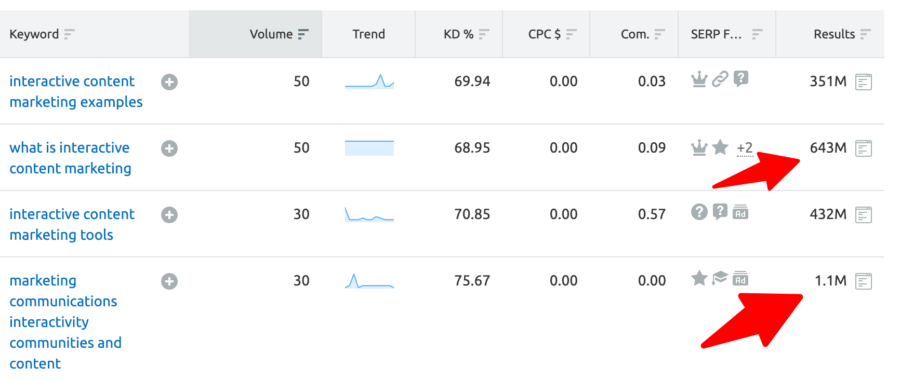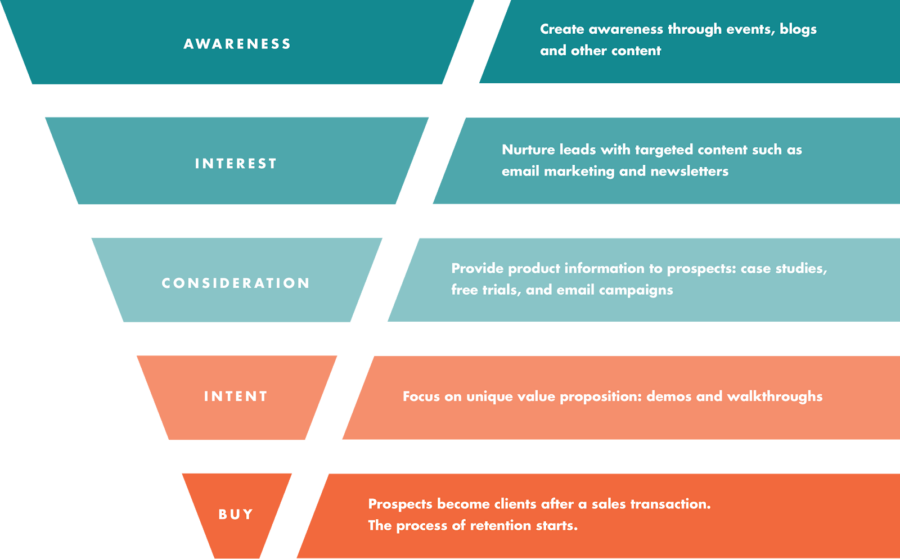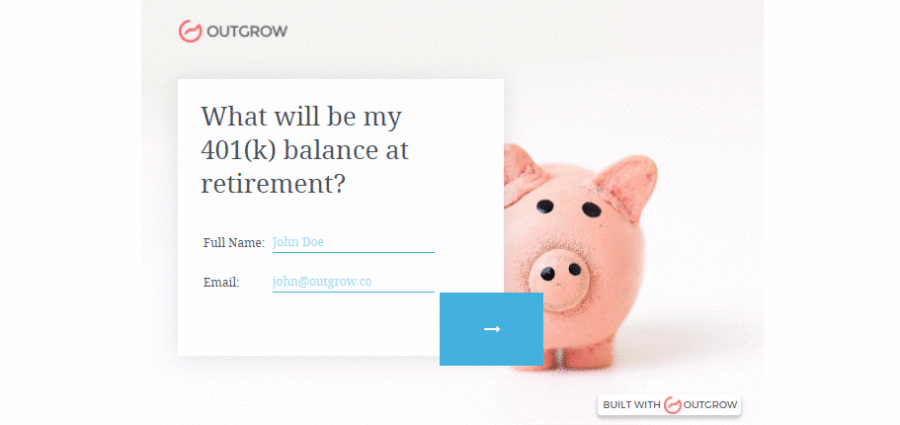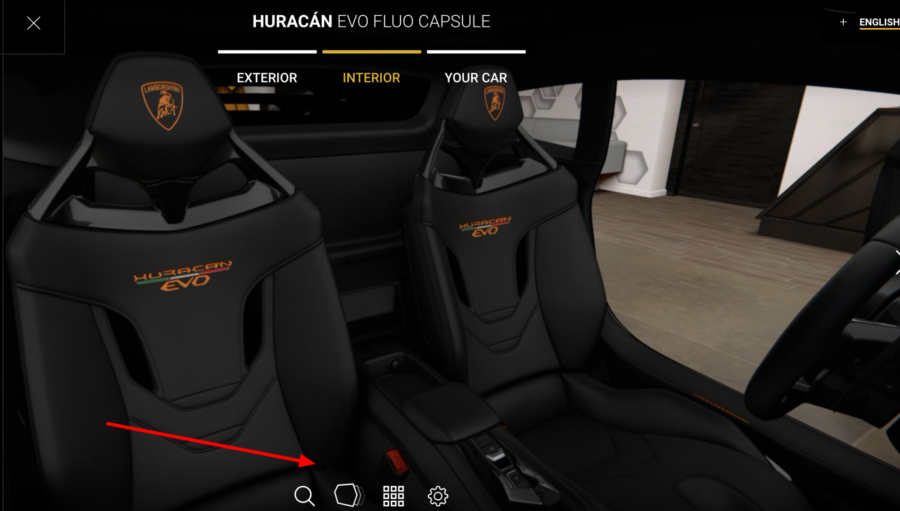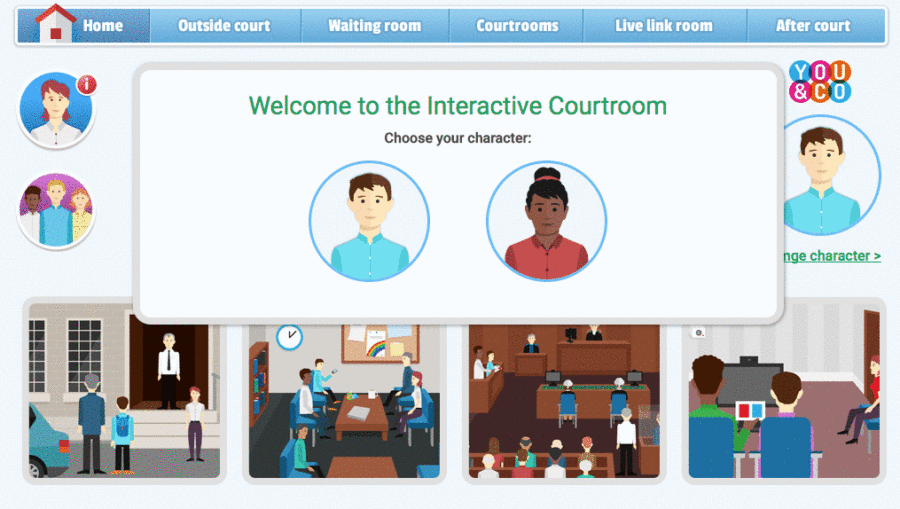You know all that content that you keep writing? Well, you’re doing it wrong. OK, not wrong exactly but, the days of lone wolf content marketing are over. As we head into the tumultuous waters of the 2020s, interactive content marketing is where it’s at for those looking to power up their profiles.
Say what?
Interactive content marketing is all about engagement. Whilst regular content marketing involves you writing a piece and publishing it, the interactive kind is created specifically to encourage participation.
Studies show that a whopping 90 percent of consumers actually want more interactive content – which means that it’s high time that you get on board with this growing trend. In essence, it’s all about finding ways of keeping people on your page – something that is incredibly difficult when using straight up content or sales ads.
Whilst you’re probably using some forms of interactive engagement, these are probably limited to inviting comments to blog posts and encouraging customers to share hashtags. Full on interactive content marketing is a lot more immersive and takes a bit more work in order to be successful.
If it sounds complicated, don’t worry – it’s not. In this article, I’ll take you through some of the most effective forms of interactive content marketing – and most of them are super easy to put in place.
Funnel vision
When performed correctly, interactive content marketing allows you to gain leads and collect data all at the same time. In order to do this, you need to keep your three sales funnels front and centre at all times. These are:
Top of the funnel
At this stage, your consumers may not even know you exist – so it’s time to change all that. This is the perfect time to not just make your mark but to also show consumers that you genuinely care what they think. This bit also lets you grab that all-important data to help strengthen your brand.
Middle of the funnel
Once you reach the middle of the funnel, your consumers will now (hopefully) know who you are and, a little about what you do. It’s now time to dig a little deeper to collate more data and to hint at what your brand can do for the consumer. For example, you might post a quiz aimed at telling the consumer which of your brands would work best for them. This is also a good time to offer an incentive in return for filling in a slightly longer and more in-depth quiz or questionnaire.
Bottom of the funnel
This part of your funnel is make or break – the customer will either make a purchase or they won’t. If you want to send that customer whizzing through the funnel – and to the checkout – it’s time to offer something special. A really good way of doing this is to introduce an interactive tool – sticking with our diet supplement theme, this could be a tool which picks a product for them based on their personal information, such as height and weight.
Whilst logic suggests that you work from the top of the funnel to the bottom, there are no hard fast rules. In fact, some brands find it helpful to start at the middle then move to the top and back down again in order to secure valuable leads.
Beating the competition with competitions
Gamification can be an effective means of content marketing.
These kind of posts are much more than just clickbait as they trigger our natural desire to compete – with the added incentive that, if you beat Karen’s score, it’ll be published on Facebook for all the world to see.
Although it’s not obligatory, offering prizes and rewards for your competitions will always be a hit with users. This doesn’t necessarily need to be expensive – a service provider could, for example, offer a free ten-minute telephone consultation as a prize for reaching a certain level or achieving a certain score.
Fast-food chain Chipotle had a massive hit with its two-pronged competition whereby, on day 1, users were asked to comment Q-U-E-S-O. On day two, there was a spot the difference game. By the end of the week, 50,000 people had interacted with the posts.
This type of interaction is so successful that brands even use it to keep their employees engaged.
It’s all about me
Another massively effective method of increasing engagement is to post a quiz which promises to reveal information about the reader’s personality. While most of us are kind of aware that a Facebook quiz is unlikely to be the most reliable psychoanalyst, there’s still that strange urge to click onto the quiz just to find out what your spirit vegetable really is.
Polls apart
The thing about opinions is that everybody has them – and they’re usually more than happy to share them. This provides a golden opportunity for brands looking to grow their followers and gain leads. The beauty of online polls is that they’re super-simple and free to set up – you can do this directly from your Facebook page. As well as creating questions about your product or industry, you can tap into current affairs to get people involved.
Putting your brand on the map
Internet users do love an interactive map or tour – that’s a simple fact. While this has always been the case, virtual tours really came into their own during lockdown. If your brand is location based, you can try an interactive virtual tour of the local area whereby users can attempt to find their own home during the tour.
For other businesses, a virtual tour of your factory or workplace is always a winner – particularly if the user is able to navigate the tour themselves.
A great example of a brand using a virtual tour is National Geographic. The company created a virtual tour of China’s ancient caves whereby users are able to explore prehistoric caves as though they are actually there in person. The tour has proved to be a massive hit for National Geographic’s followers.
A calculated move
For some reason, we really do love an online calculator. Whether it’s a calculator to help you figure out your data usage or a handy tool to tell you how many calories you should be consuming, these online gadgets are a great way to get new leads on board. Don’t worry if this sounds a bit too ‘techy’ for your liking (and skills), there are lots of tools out there like Outgrow which will walk you through the process and get you up and running really quickly and easily.
This is a great tool for brands who are trying to demonstrate the benefits of using their business – such as this agency who used a calculator to convince customers that using their services will be more cost effective than hiring in-house staff.
Let it slide
Sliders are a really good way of quickly gaining engagement from customers. A well put together slider will be fun to use, will offer value to the customer and, can help you to build leads by featuring memorable content. As with anything else online, there’s a tool for that! Online resources like Image Slider Maker are 100% online and, in many cases, free to use.
Sliders also work really well on the homepage of your website as these are a good way of keeping the customer on the page for longer. Luxury car brand, Lamborghini uses a slider to really good effect on its home page.
By the book
I’m not gonna lie, this one’s a bit trickier to get to grips with but, will absolutely pay dividends. We’re talking about the hugely popular interactive e-book. For the uninitiated, these are e-books which contain much more than the usual hyperlinks and clickable endnotes.
The new generation of e-book allows the reader to connect and get involved with tasks, tours and more. Why should you put together an interactive e-book? The simple answer is that, for your customers, the perceived value of these books is super-high. A great example of the use of an interactive e-book would be an electronics company which provides a user manual for a product with interactive elements such as trouble-shooting and demonstrations.
To get on board with this, you’ll first have to actually write the book (or get somebody to do it for you). You’ll also need some coding skills but, if you don’t, it’s not the end of the world as you can generally hire somebody to do this for you relatively inexpensively. Alternatively, Apple iBooks provides a tool which will allow you to put together a simple interactive e-book.
You probably won’t be surprised to discover that one brand who has really made interactive e-books work for it is tech giant, IBM. The brand created Think City, an incredibly immersive book which contains stunning animations and allows users to follow numerous paths and then drill down into different kinds of buildings to learn about IBM’s work in helping brands and consumers evolve.
Explain and educate
Interactive technology is perfectly placed to help answer the question, ‘what can I expect?’ Using educational interaction in your marketing is a great way to allow the customer to ‘sample’ a product or service before making a purchase.
This allows the consumer to ‘see themselves’ using a product or service and, therefore, recognise the benefits. It can also help greatly with products or services which may seem complex or difficult to the customer as it can help them to change their perception. A good example of this in motion is Crown Courtroom’s offering.
Crown’s interaction animation has been created to educate people about what they can expect from a court appearance. The tool allows the user to choose a character to represent themselves within a mock courtroom and learn about a number of court-related processes and situations. This is particularly useful for people who may be feeling apprehensive about a potential situation.
So, with so many different methods of interactive content marketing available, how do you choose the right one for your brand?
As with other kinds of marketing, the answer to this question is to start by thinking about your target customer. You’ll then want to tackle the following questions:
- Who is the target customer?
- What are the target customer’s pain points?
- What would the target customer find helpful?
- What is the target customer’s decision-making process likely to involve?
By answering these questions, you can then start to develop a picture of the kind of interactive content that would attract that customer. You can either come up with some new, interactive ideas or upgrade the marketing forms you’ve been currently using. For example, if you’re into webinars and online conferencing, you may look for webinar software with surveys, tests, and interactive tools to keep your audience even more engaged.
Conclusion
Getting started with interactive content marketing is a much more in-depth process than other forms of marketing and does involve a bit of work. It is, however, very much worth it as it promotes a much deeper understanding of your brand for the customer as well as gaining you customer data and, with a bit of luck, new leads.
Having said all that, you do need to make sure that interactive content marketing is right for your brand as, it’s not for everyone. Before spending a lot of time and money on interactive content, it’s a good idea to figure out what you hope and expect to gain from it. This will allow you to manage your expectations and to set up comprehensive monitoring to make sure that you’re getting the results you hoped for.
Read more:
